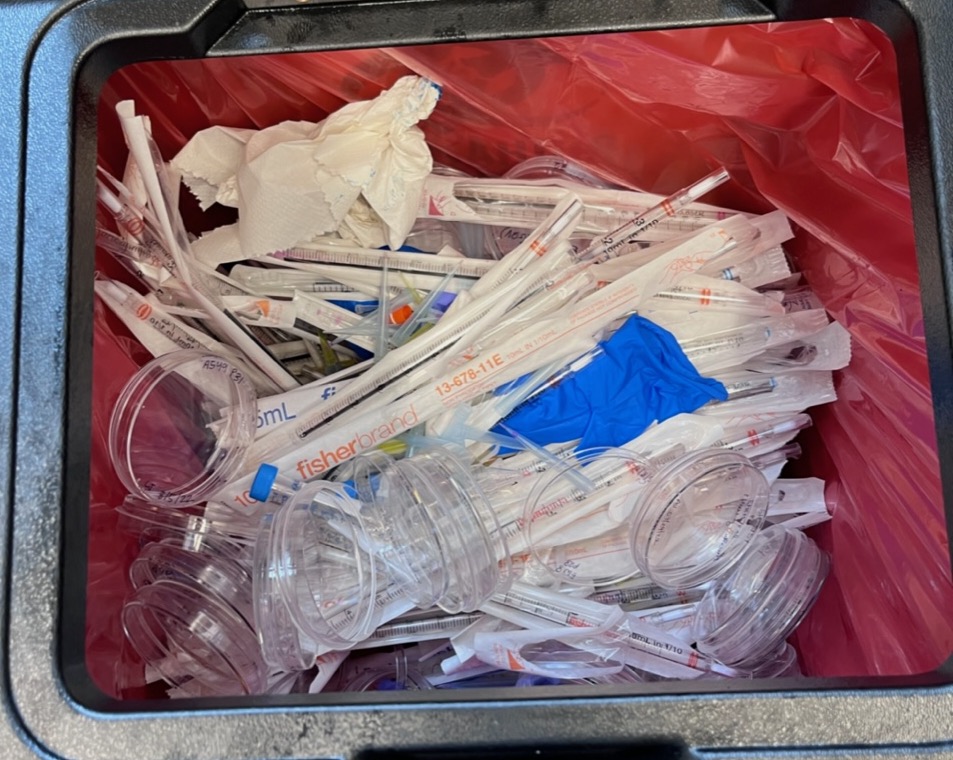How many times have we asked ourselves in the lab: how much plastic do we use? Significant groundwork for societal advancement is laid by laboratory research. Meanwhile, it’s believed that 2% of the world’s plastic waste comes from laboratory operations, which contributes to their environmental footprint [1].
So, “What can you do to make your lab greener?”. This is the title of an article [2] that discusses the environmental footprint of research labs and the increasing awareness among scientists about their waste production. They do not provide specific details on reducing plastic waste in labs, but they highlight the importance of small changes and individual efforts in reducing energy usage and promoting sustainability in research labs. Obviously, not all of these efforts will be easily transferred to individual labs, but small changes can have a significant impact on the majority of normal bench science.
Without going into too much detail, what are the small steps we could take to the reduction of plastic consumption in the laboratory?
-Start the discussion: encouraging researchers to be mindful of their plastic consumption and promoting awareness about the environmental impact of plastic waste can lead to more conscious choices.
-Reuse and recycle: using reusable or sustainable alternatives, such as glassware instead of plastic, can significantly reduce plastic waste.
-Shop smart: buying only the quantity you need and choosing suppliers with less and reusable packaging can reduce the amount of packing waste and delivery carbon footprint.
-Promote responsible waste management and educate lab members: implementing recycling programs and proper waste management practices can help reduce plastic waste in research labs [2].
-Sharing: sharing equipment among labs can minimize the need for single-use plastic items [2].
What do you think? Do you have any other solutions or ideas? Let’s discuss it 😉
[1] Urbina 2015 (Labs should cut plastic waste too | Nature)
[2] Madhusoodanan 2020 (d41586-020-01368-8.pdf (nature.com))
![]()
This article was written by Alessio Amicone as part of an ongoing series of scientific communications written and curated by BioTrib’s Early Stage Researchers.
Alessio is investigating the Elucidation of Friction-Induced Failure Mechanisms in Fibrous Collagenous Tissues at ETH Zürich, Switzerland.

